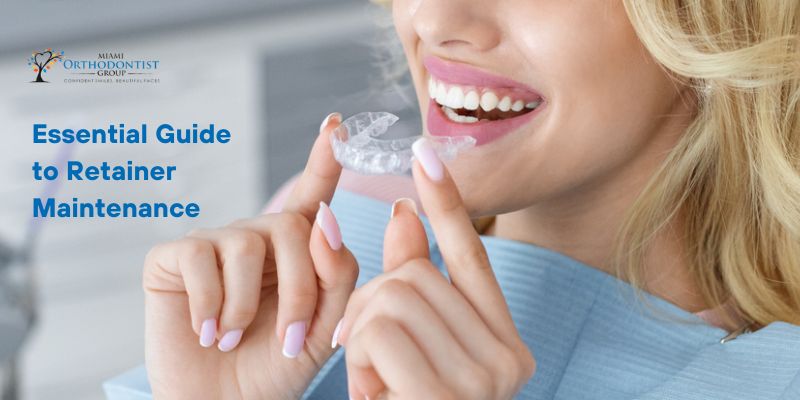Continue reading "The Importance of Dental Appliances for Oral Health Maintenance"
Maintaining optimal oral health goes beyond regular brushing and flossing. Dental appliances play a crucial role in supporting and enhancing oral hygiene, contributing significantly to the overall well-being of an individual. These specialized devices are designed to address various dental issues, from alignment problems to teeth grinding, and they offer a range of benefits beyond …
In the quest for a straight and healthy smile, many individuals are turning to Invisalign as a modern and effective alternative to traditional braces. This revolutionary orthodontic treatment offers a range of benefits beyond cosmetic improvements, contributing to oral health and overall confidence. The Benefits of Invisalign Treatment 1. Invisible and Comfortable Alignment One of …
Continue reading "The Benefits of Invisalign Treatment for a Healthy and Confident Smile"
A radiant smile can be a powerful asset, not just for aesthetic reasons but also for overall health and well-being. Dentofacial treatment, a specialized field that integrates dental and facial aesthetics, is crucial in enhancing oral health and one’s overall appearance. In this article, we will explore the significance of dentofacial treatment in achieving a …
Orthodontic treatment is a significant investment of time and money, and the final step in achieving that perfect smile often involves using retainers. Retainers play a crucial role in maintaining the results of orthodontic work, preventing teeth from shifting back to their original positions. To ensure the longevity and effectiveness of your retainer, it is …
Continue reading "The Essential Guide to Retainer Maintenance: Tips from Orthodontic Professionals"
The field of dentistry has evolved significantly over the years, and one of its specialized branches, dentofacial orthopedics, plays a crucial role in correcting skeletal and dental irregularities. Dentofacial orthopedics is a subspecialty that focuses on diagnosing, preventing, and treating complex issues related to the alignment of the teeth and jaws. This comprehensive guide will …
Continue reading "A Comprehensive Guide to Dentofacial Orthopedics: From Diagnosis to Treatment"
A beautiful smile is a powerful asset. It boosts confidence, enhances one’s appearance, and can leave a lasting impression on others. However, not everyone is born with perfectly aligned teeth. Crooked, crowded, or misaligned teeth can affect oral health and self-esteem. Traditionally, braces were the go-to solution for correcting these issues, but they come with …
Continue reading "Straightening Teeth Without Braces: A Comprehensive Guide to Invisalign"
Retainers play a vital role in maintaining the results achieved through orthodontic treatment, whether braces or Invisalign. These custom-made devices help keep your teeth aligned and prevent them from returning to their original positions. However, proper maintenance is essential for retainers to be effective in the long term. They also need to be done by …
Continue reading "The Dos and Don’ts of Retainer Maintenance: A Professional’s Perspective"
Dental implants have revolutionized dentistry, offering a long-term solution for individuals with missing teeth. Unlike traditional dentures or bridges, dental implants are designed to be a permanent replacement, providing both functionality and aesthetics. However, like any medical procedure, it is essential to understand the lifespan of dental implants and what factors can influence their durability. …
Continue reading "The Lifespan of Dental Implants: How Long Can You Expect Them to Last?"
In recent years, 3D printing technology has revolutionized various industries and dentistry is no exception. Traditional dental techniques often require labor-intensive processes and the involvement of multiple professionals. However, a remarkable transformation has occurred with the advent of 3D printing in modern dentistry. This technology has significantly enhanced dental procedures’ efficiency, precision, and customization, leading …
Continue reading "Application of 3D Printing in Modern Dentistry"
Dental implants have revolutionized modern dentistry, offering a permanent and natural-looking solution for replacing missing teeth. Dental implants can provide an excellent alternative to bridges or dentures, whether you have lost a tooth due to decay, injury, or other dental issues. However, before diving into the dental implant procedure, there are several crucial factors you …
Continue reading "What Things Should You Consider Before Getting Dental Implants?"











